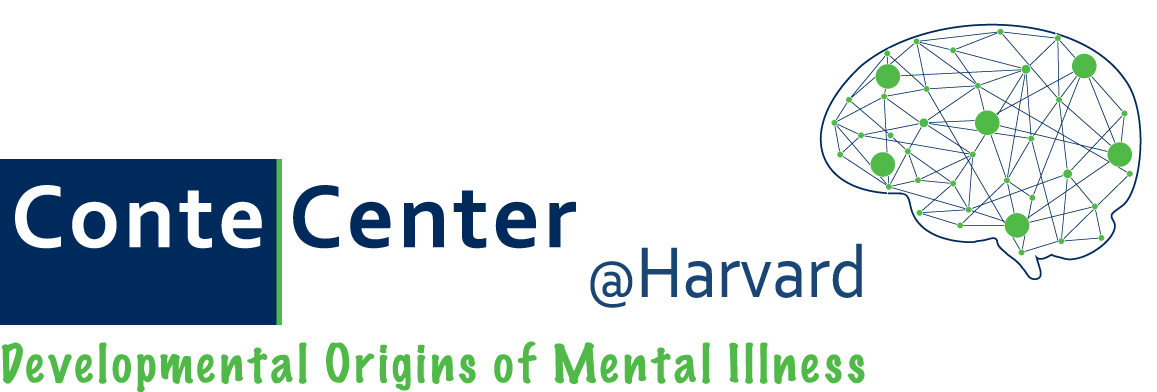A small group of highly metabolically active neurons act as conductors in the symphony that is cortical development. The movements of this symphony are the ‘critical periods’ of plasticity in which our experiences sculpt neural circuits—timed differently for different cortical areas and functions, but building upon each other in a precise sequence. The conductor neurons, known as parvalbumin cells (PV-cells), are a subset of inhibitory GABA interneurons that synchronize the activities of large populations of projection neurons across the cortex and direct the onset and closure of critical periods. Their role is so pivotal that altering their status can restore juvenile-like plasticity in the visual system of adult animals, and abnormalities in these cells are believed to underlie the pathology of major developmental disorders such as autism and schizophrenia.
Read the related story, “Parvalbumin neurons–new insight into the workings of a superhero cell”
on Vector, Boston Children’s Hospital’s science blog
A new study reveals a surprising behind-the-scenes player in this symphony: the choroid plexus.
Read more on the Molecular and Cellular Biology Department website >>


